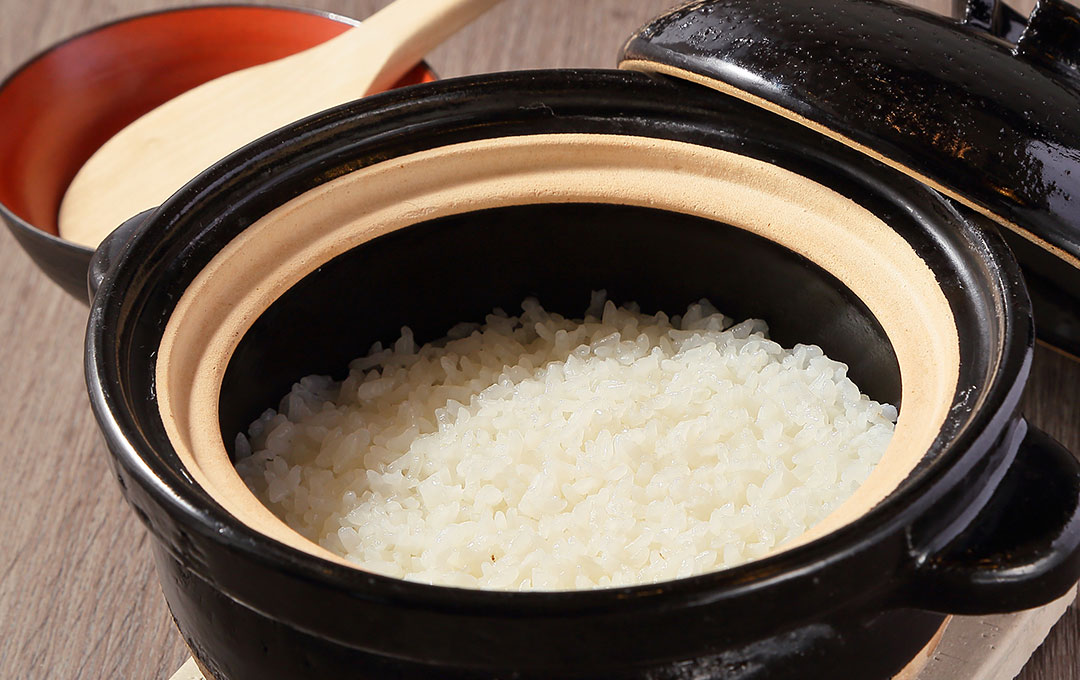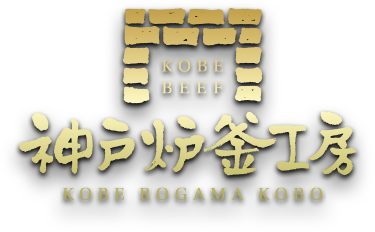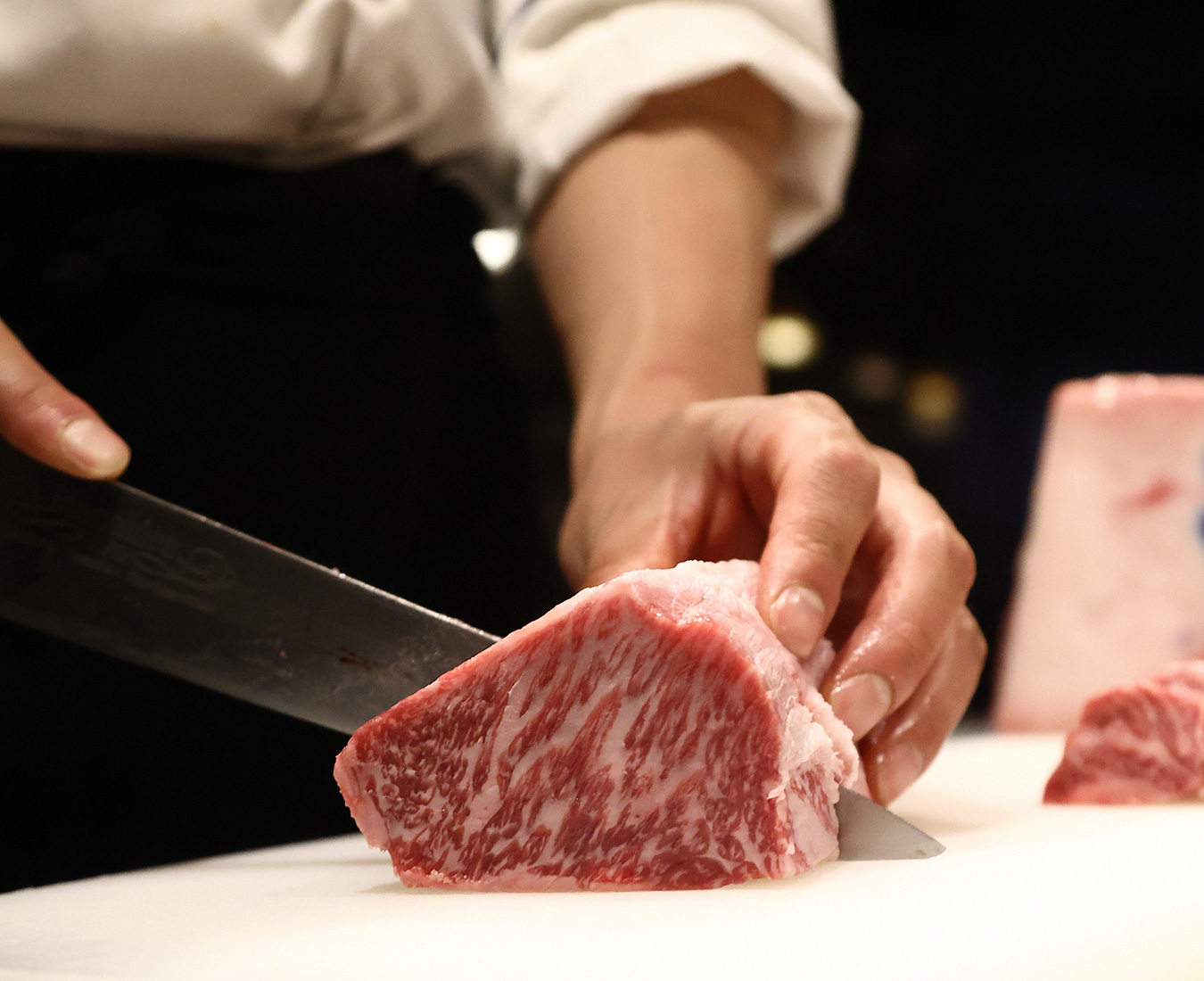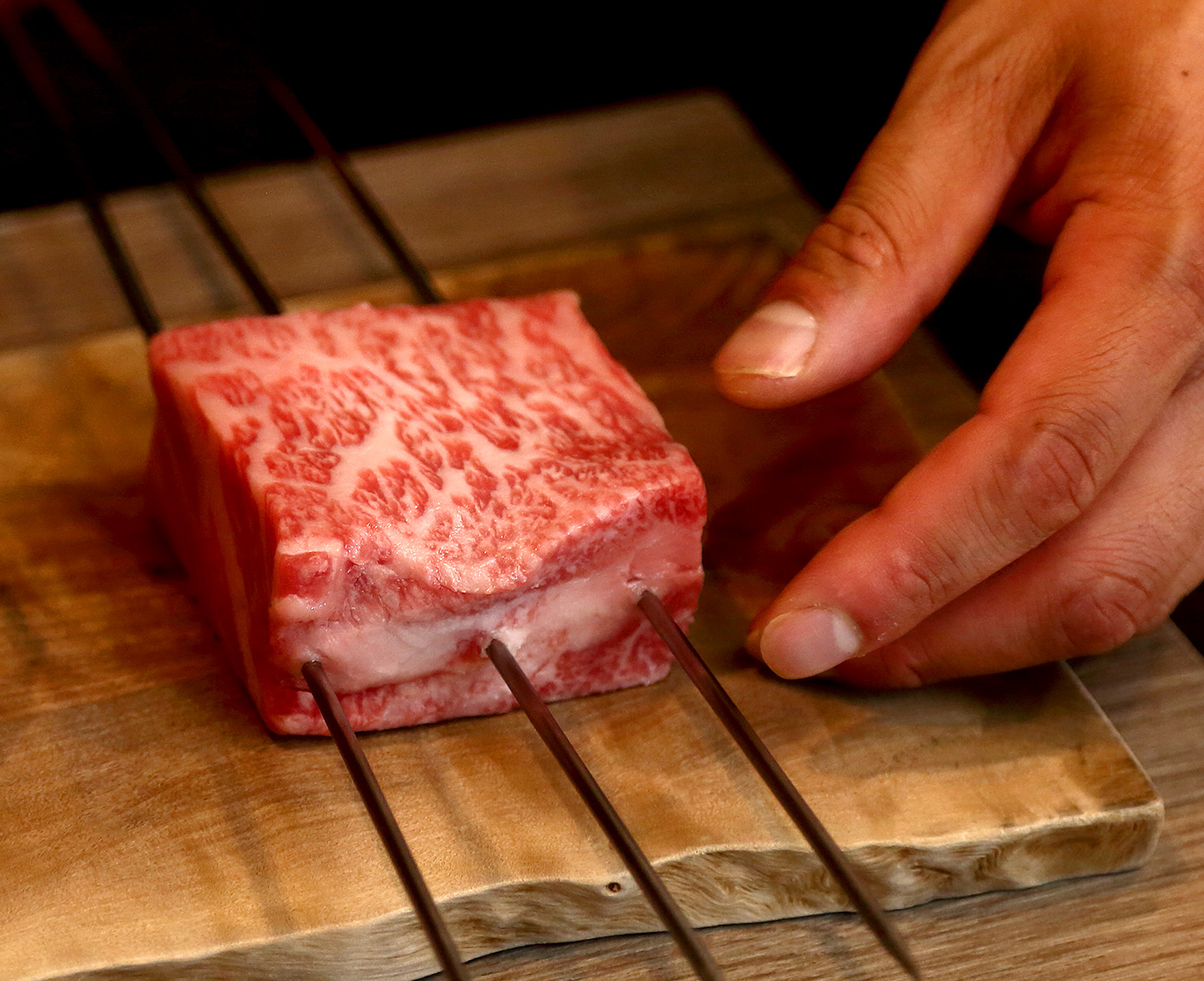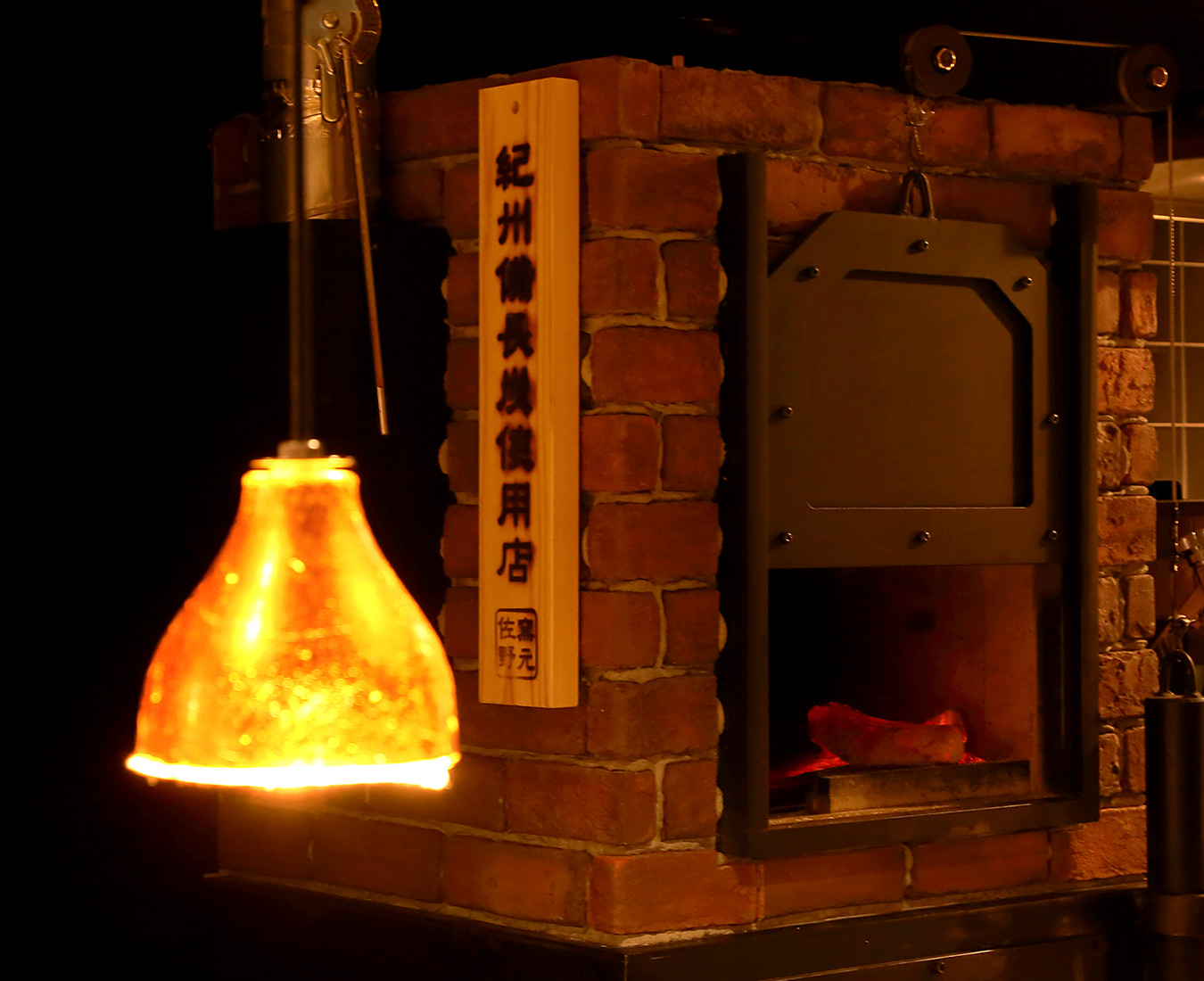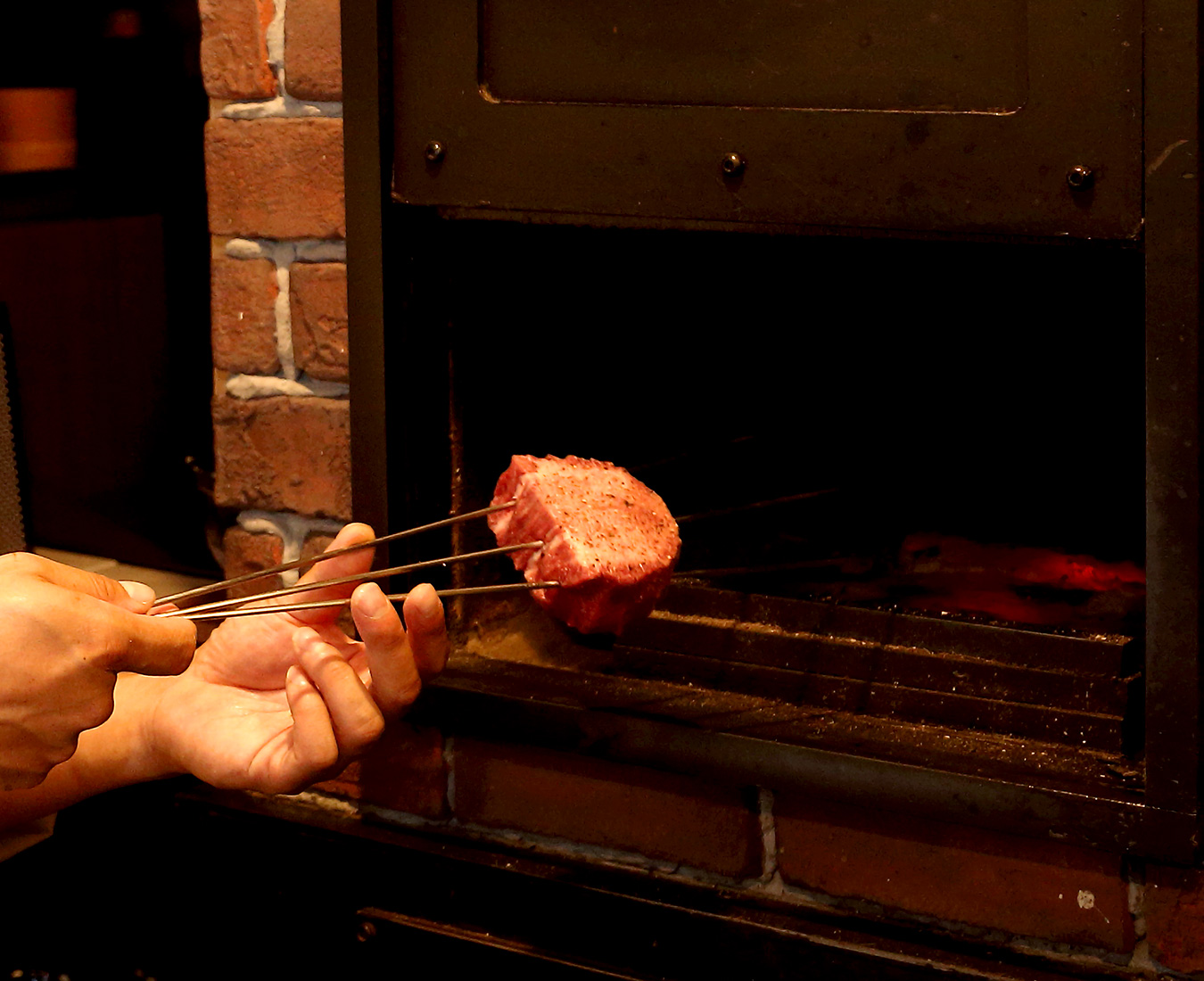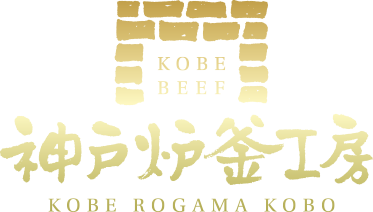Our Commitment
ROGAMA Steak
Steak is commonly prepared on a teppanyaki griddle or by charcoal grilling. I have experience with both cooking methods, and while teppanyaki does offer an exciting experience by having a steak cooked right in front of you, charcoal grilling is known for enhancing the flavor by rendering excess fat. With that said, I would love to propose a third style of steak that is prepared neither by charcoal-grilling nor on a teppanyaki griddle. With this third method, we're able to reach temperatures of around 1,000 degrees using Kishu Binchotan charcoal from Wakayama. After giving the surface a sear to lock in the flavors, we let the steak steam cook nearby an approximately 700 degree heat. This process allows the steak’s juices to become incredibly moist before we let it rest before serving. Due to the many variations in cuts and meat quality, many years of experience are required to achieve the desired results of this method.
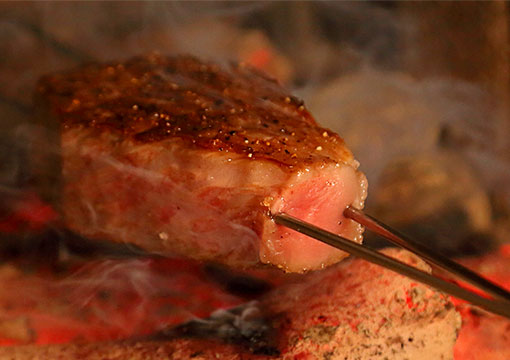
After giving each steak a rapid sear at around 1,000 degrees, we elevate the umami flavors by steam cooking at 700 degrees.
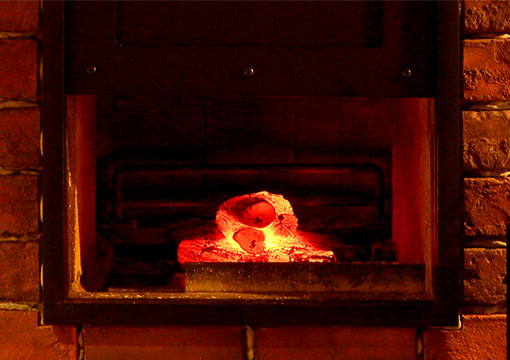
We're able to determine the meat's current state based on the sound it makes while cooking inside the ROGAMA oven.
The Best Kobe Beef for ROGAMA Ovens
We select the perfect Kobe beef based on three criteria at the Kobe Meat Wholesale Market's monthly auction: 1. 'livestock farmer', 2. 'Texture', and 3. 'Lean Meat Coloring.' Meat that has a strong marbling is less suited for our ROGAMA method, compared to meat with a strong lean meat coloring.
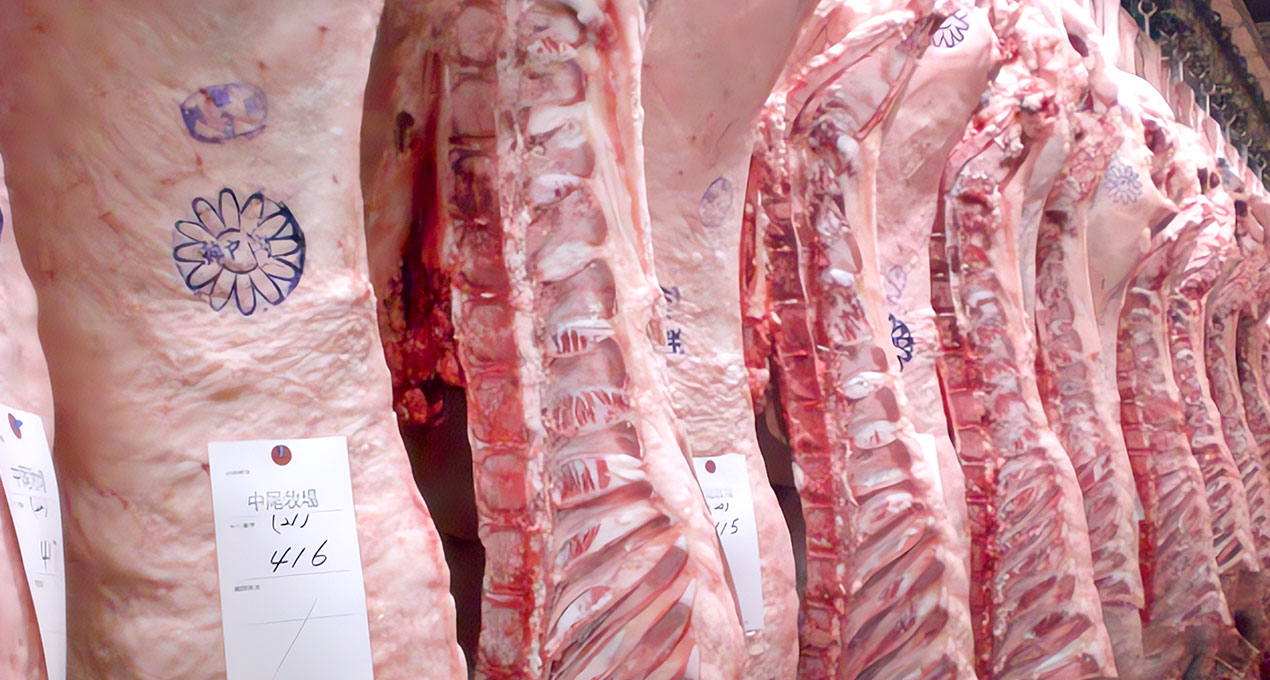
-
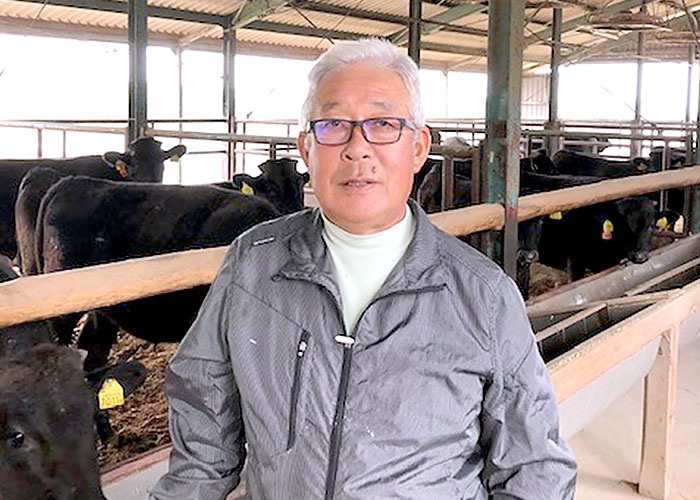
1. 'livestock farmer'
The first point to consider is ' livestock farmer'. Highly acclaimed livestock farmers may have higher prices at these auctions, but it makes all the differences in terms of depth of flavor. Regardless of price, we purchase and offer our customers the highly rated Kobe beef.
-
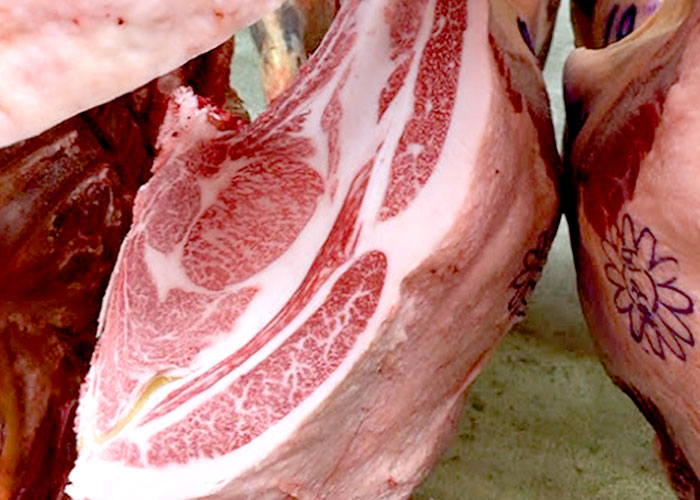
2. 'Texture'
The next point to consider is 'Texture.' Kobe beef may come across as somewhat chewy is if the cut contains hard fat. We always check the quality of the fat during the preliminary inspection to be able to determine and choose a Kobe beef with a tender fat, thereby determining the desired texture.
-
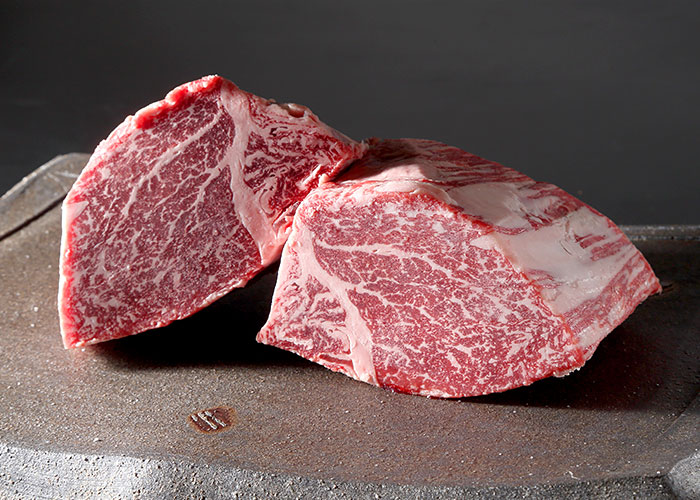
3. 'Lean Meat Coloring'
The third point to consider is the 'Lean Meat Coloring.' A cut of meat with strong marbling tends to leave a little taste of fat behind when cooked with a ROGAMA oven. Conversely, a cut of meat with strong lean meat coloring ensures a strong and distinct umami flavor profile.
INTRODUCTION OF LIVESTOCK FARMER
-
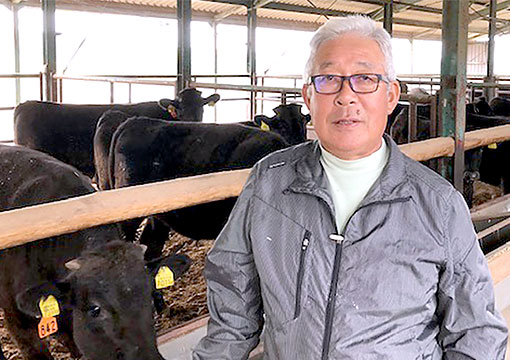
Kawanishi Farm
-
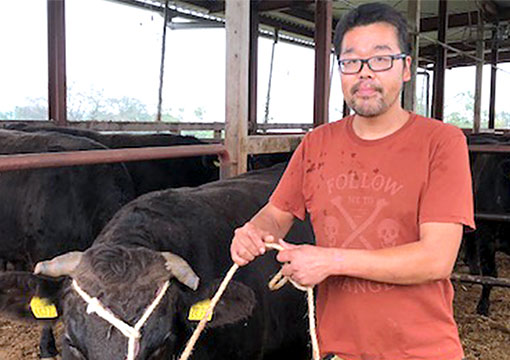
Nakanishi Farm
-
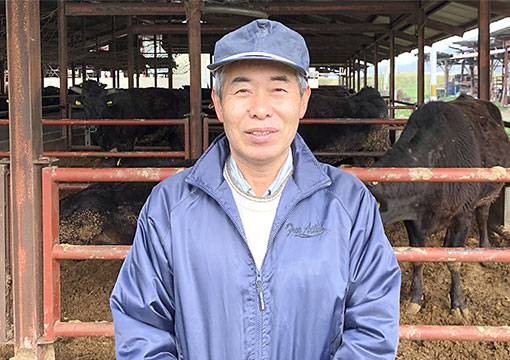
Uchida Farm
-
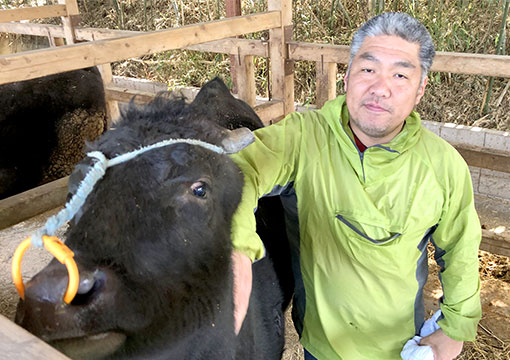
Yamanouchi Farm
Kawanishi Ranch and Nakanishi Ranch are neighboring ranches, which are both quite particular about what their cattle drink and eat. These producers farmaers draw up groundwater from the Rokko Mountains for the cattle's drinking water and provide the highest quality, low pesticide, and non-GMO feed such as Sudan grass.
These ranches are located in a quiet a quiet mountain, mountainous setting, with a view of Kobe Winery's vineyards in the distance, which ensures that the cattle are raised in a low-stress environment. Somenoguchi Yamanoguchi Ranch is found in the mountains of Awaji Island, where it uses high-quality water as the cattle's drinking water. It has many common points with Nakanishi Ranch in how they raise their cattle. Because Yamanoguchi Ranch and Nakanishi Ranch are related, they have many common points in the way they raise cattle. Uchida Ranch can be found near a river, where they are known for the strong lean meat flavor of their beef.
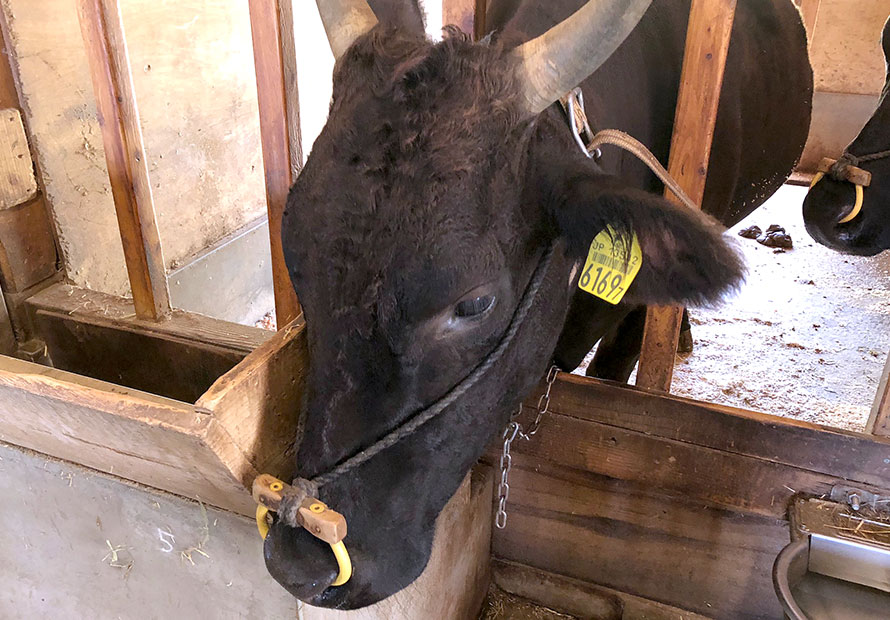
Local Vegetables
We are committed to using the freshest vegetables with a deep, regional flavor. For instance, even the onions from Awaji Island can differ depending on if they are from the north or south side of the island, the producer farmaer's approach to cultivation, and so on. We keep seasoning to a minimum, letting the natural sweetness of the produce convey the farmer's sentiments towards their harvest.
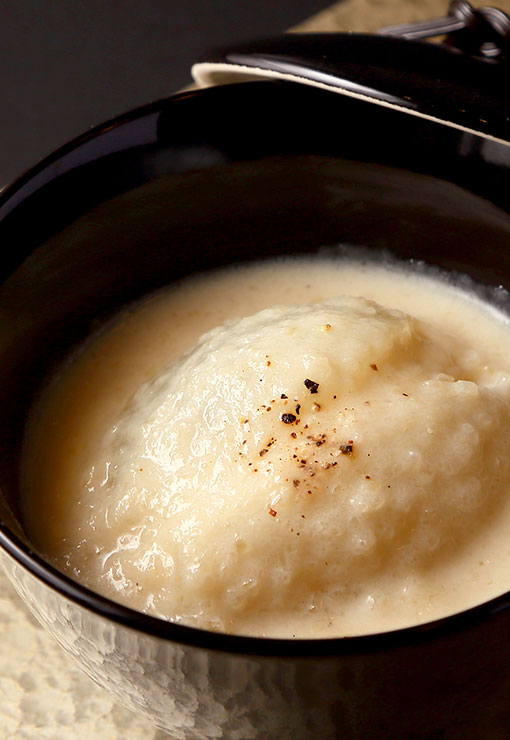
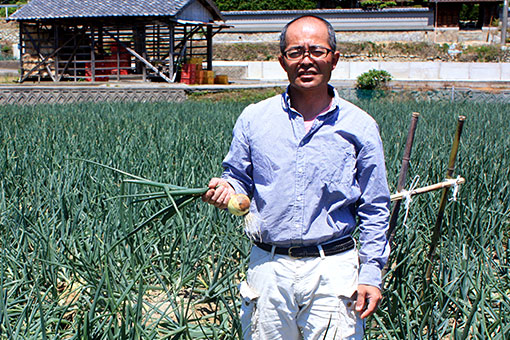
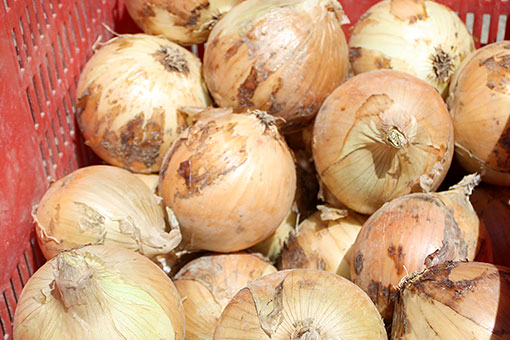
Rice Cooked in an Earthen Pot
No matter how delicious the meat is, there would be no point to it without a tasty rice. We cook each serving of rice individually in an earthen pot for each customer upon their arrival. We also make sure to change the rice variety according to the season.
